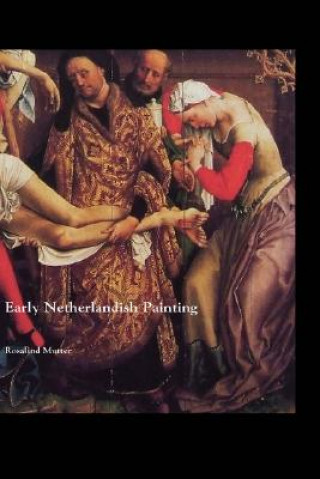
Code: 08857174
Early Netherlandish Painting
by Rosalind Mutter
EARLY NETHERLANDISH PAINTING A fully illustrated survey of Early Netherlandish painting, featuring all of the major artists, and many lesser-known painters. Early Netherlandish painting, ... more
- Language:
 English
English - Binding: Hardback
- Number of pages: 240
Publisher: Crescent Moon Publishing, 2008
- More about this

You might also like
-

One Question a Day
14.22 € -15 % -

Harry Potter Knitting Magic
22.99 € -21 % -

Orientalism
10.99 € -23 % -

One Question a Day for You & Me
13.01 € -31 % -

Illuminated Manuscripts Masterpieces of Art
13.51 € -26 % -

Chase the Lion
13.91 € -23 % -
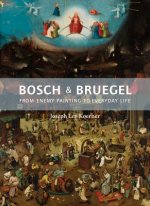
Bosch and Bruegel
62.75 € -11 % -

Hugo van der Goes
48.02 € -18 % -
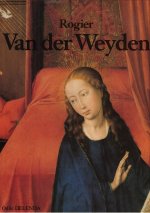
Rogier Van der Weyden
57.60 € -
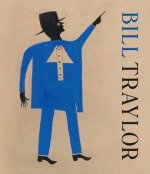
Bill Traylor
39.44 € -21 % -
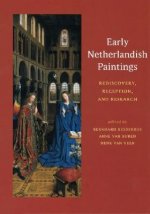
Early Netherlandish Paintings - Rediscovery, Reception, and Research
67.49 € -10 % -

Late Medieval Panel Paintings
45.70 € -18 % -
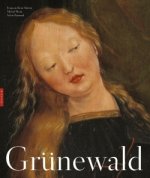
Grünewald
122.68 € -
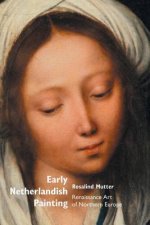
Early Netherlandish Painting
24.61 € -
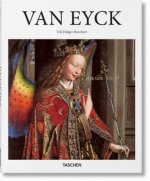
Van Eyck
13.81 € -9 % -
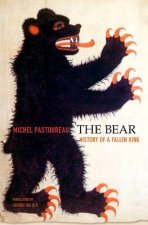
Bear
28.75 € -18 % -

Extreme Minimalism
44.18 € -9 % -

Lions in the Balance
46.10 € -

Homoerotics of Orientalism
46.20 € -

Lions: Powerful Kings of the Wild
10.99 € -2 % -
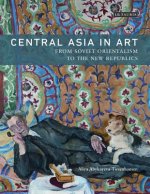
Central Asia in Art
91.91 € -
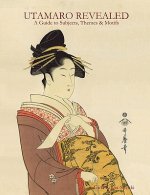
Utamaro Revealed
51.75 € -

Fragonard and the Fantasy Figure
211.67 € -
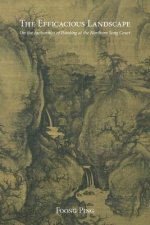
Efficacious Landscape
95.14 € -

Sight and Spirituality in Early Netherlandish Painting
153.66 € -
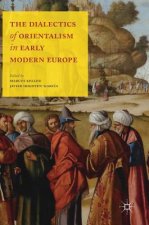
Dialectics of Orientalism in Early Modern Europe
131.96 € -

FESTIVE COLLECTION FOR GUITAR ENSEMBLE
21.48 € -17 % -

Rogier van der Weyden
9.98 € -4 % -

Geschäftsprozesse - praxisorientierte Übungen mit einem ERP-Programm für das kaufmännische Berufskolleg I, für Industriekaufleute, für Fachoberschulen
16.74 € -
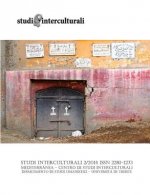
Studi Interculturali 2, 2014
32.78 € -
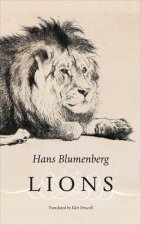
Lions
31.07 € -

Orientalism in Spanish Art 1833-1956
125.30 € -

Catalogue of Mr. Louis R. Ehrich's Collection of Paintings of the Old Dutch and Flemish Schools of the Fifteenth, Sixteenth, and Seventeenth Centuries
17.55 € -

Bridging the Gap between Aristotle's Science and Ethics
141.04 € -

Holbein Coloring Book
13.61 €
Give this book as a present today
- Order book and choose Gift Order.
- We will send you book gift voucher at once. You can give it out to anyone.
- Book will be send to donee, nothing more to care about.
More about Early Netherlandish Painting
You get 97 loyalty points
 Book synopsis
Book synopsis
EARLY NETHERLANDISH PAINTING A fully illustrated survey of Early Netherlandish painting, featuring all of the major artists, and many lesser-known painters. Early Netherlandish painting, also known as Flemish painting, is characterized by figurative realism, its incredible sense of domestic interiors and details, luminous light, its 'realist' faces, and its fusions of a micro- and macro- cosmic vision. We concentrate here on painters such as Rogier van der Weyden (1400-1464), Jan van Eyck (c. 1390-1441, commonly described as the founder of modern oil painting), Gerard David (c. 1460-1523), Hugo van der Goes (1440-1482), Hans Memling (1433-1494), Joos van Cleve (c. 1485-1540), Jan Gossaert, also called Mabuse (c. 1475/8-1532), Geertgen tot Sint Jans (fl. late 15th 1485/ 95), Quentin Massys (c. 1465-1530), Joachim Patinir (c. 1485-1524), Dieric Bouts (c. 1415-1475), Petrus Christus (fl. 1442-1473) and Bernard van Orley (c. 1488-1541). One of the most celebrated aspects of Early Netherlandish or Flemish painting is its heartfelt, intense religious emotion. It is this aspect that interests us in this book. The new aesthetic vision of Early Netherlandish art was later applied to still life paintings, satires, landscapes, and portraits, but it is the religious works with which we are concentrating on here. Michelangelo's famous statement about Early Netherlandish art pinpoints the depth of devout feeling found in so much of Northern European art: Flemish painting will, generally speaking, please the devout better than any painting in Italy, which will never cause him to shed a tear, whereas that of Flanders will cause him to shed many... The new vision of Northern European painting which flourished in the 15th century was a combination of a new aesthetic approach to reality, and an intensifying of religious fervour. The new vision aimed at sculptural accuracy, a naturalistic use of lighting, and three-dimensionality. Mixed with the new use of oil paint, the new vision gave the art of Philip the Good's reign a special flavour and style well suited to the circumscription of devout religious truths. The new painting inherited its jewel-like brilliancy partly because many painters were trained as goldsmiths. This skilled handling of metalwork and miniature illustration shows in Early Netherlandish art. All Early Netherlandish paintings were made on wood panels, and painted from light to dark in thin glazes. It is partly this subtle glazing which gives Early Netherlandish painting its glorious luminescence. The Early Netherlandish artists exploited the effects of different hues and thicknesses of glazes of oil paint, controlling how the glazes reflected light.
 Book details
Book details
Book category Books in English The arts The arts: general issues
38.73 €
- Full title: Early Netherlandish Painting
- Author: Rosalind Mutter
- Language:
 English
English - Binding: Hardback
- Number of pages: 240
- EAN: 9781861711656
- ISBN: 9781861711656
- ID: 08857174
- Publisher: Crescent Moon Publishing
- Weight: 514 g
- Dimensions: 234 × 156 × 14 mm
- Date of publishing: 01. February 2008
Trending among others
-

Framed Drawing Techniques
25.82 € -15 % -
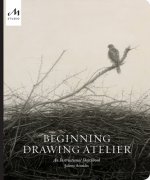
Beginning Drawing Atelier
19.97 € -16 % -
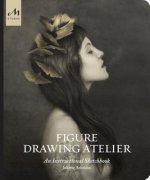
Figure Drawing Atelier
22.39 € -
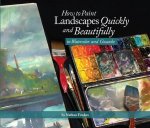
How to Paint Landscapes Quickly and Beautifully in Watercolor and Gouache
24.21 € -15 % -
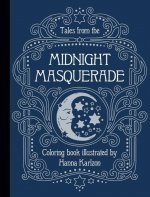
Tales from the Midnight Masquerade Coloring Book
13.81 € -25 % -

Andrew Wyeth
17.44 € -17 % -
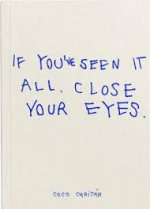
If you've seen it all, close your eyes
38.84 € -

Everyday Sketching and Drawing
25.21 € -
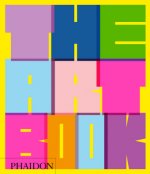
Art Book, revised edition
33.69 € -2 % -
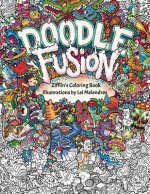
Doodle Fusion
13.81 € -2 % -
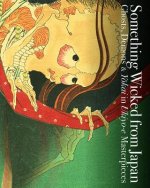
Something Wicked from Japan
20.27 € -28 % -

Art of Still Life
36.82 € -18 % -
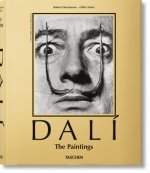
Dali. The Paintings
46.10 € -21 % -

Doodle Invasion
12.80 € -2 % -

Bosch. The Complete Works
71.53 € -18 % -

Bonsai
30.16 € -28 % -

Craft Of The Japanese Sword
35.91 € -21 % -
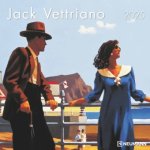
Jack Vettriano 2025 - Wand-Kalender - Broschüren-Kalender - 30x30 - 30x60 geöffnet - Kunst-Kalender
12.40 € -15 % -
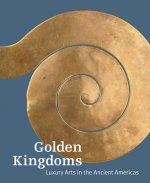
Golden Kingdoms - Luxury Arts in the Ancient Americas
61.74 € -9 % -
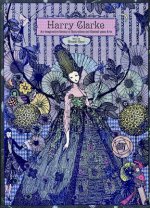
Harry Clarke
29.05 € -28 % -
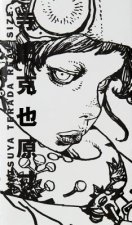
Katsuya Terada Real Size
38.13 € -24 % -

Art/Work - Revised & Updated
15.23 € -28 % -

Artist at Work, Proximity of Art and Capitalism
17.04 € -19 % -
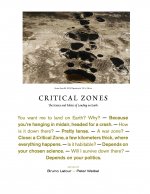
Critical Zones
65.17 € -26 % -

Complete Guide to Fujifilm's X-Pro2 (B&W Edition)
47.31 € -

Inside Art Deco: A Pictorial Tour of Deco Interiors from their Origins to Today
39.84 € -20 % -

In The Break
29.15 € -9 % -

Illegal. Street Art Graffiti 1960-1995
38.73 € -12 % -
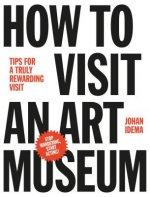
How to Visit an Art Museum: Tips for a Truly Rewarding Visit
16.23 € -19 % -

Copy This Book, An Artist's Guide to Copyright
22.79 € -5 % -

Die Reise der Bilder
41.26 € -12 % -
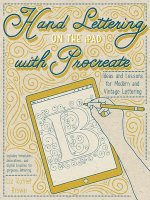
Hand Lettering on the iPad with Procreate
18.35 € -29 % -

Practical Color Combinations
20.27 € -28 % -
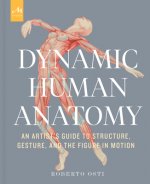
Dynamic Human Anatomy
36.72 € -19 % -

Short History of Ireland, 1500-2000
16.94 € -17 % -
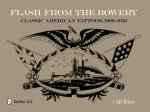
Flash from the Bowery: Classic American Tatto, 1900-1950
93.22 € -6 % -
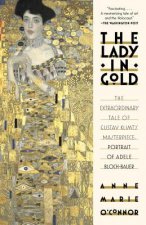
Lady in Gold
16.03 € -20 % -
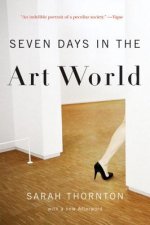
Seven Days in the Art World
15.33 € -19 % -

Atlas of Dinosaur Anatomy
35.30 € -1 % -
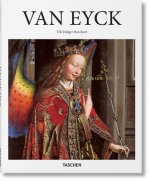
Van Eyck
14.72 € -16 % -

Wine and Architecture
23.80 € -9 % -

Inspired by Nature Sketchbook
15.02 € -17 % -

New York City Graffiti: The Destiny Children
49.63 € -4 % -

Shiba Inu Ryuji
10.28 € -28 % -
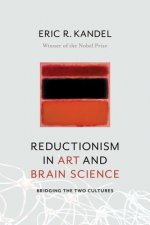
Reductionism in Art and Brain Science
21.99 € -7 % -
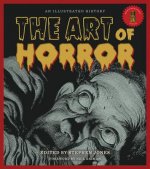
Art of Horror
36.82 € -18 % -
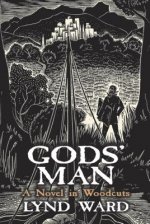
God's Man, A Novel in Woodcuts
12.10 € -24 % -
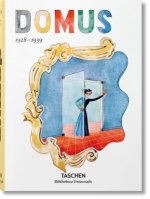
domus 1930s
22.29 € -
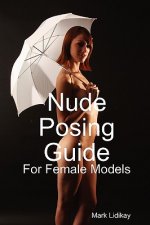
Nude Posing Guide
21.58 €
Collection points Bratislava a 2642 dalších
Copyright ©2008-24 najlacnejsie-knihy.sk All rights reservedPrivacyCookies



 15549 collection points
15549 collection points Delivery 2.99 €
Delivery 2.99 € 02/210 210 99 (8-15.30h)
02/210 210 99 (8-15.30h)